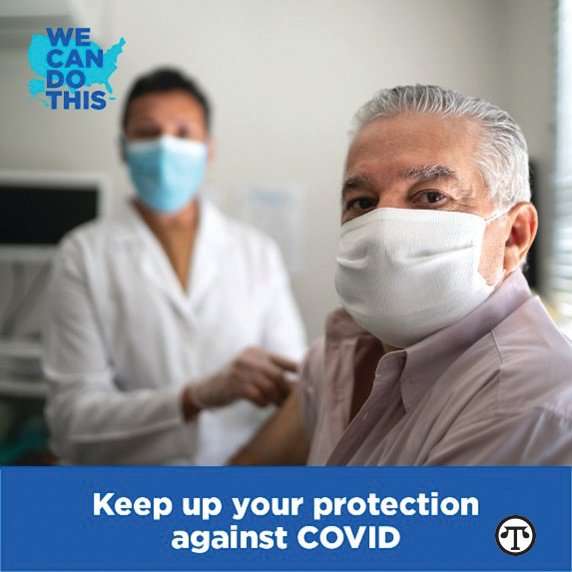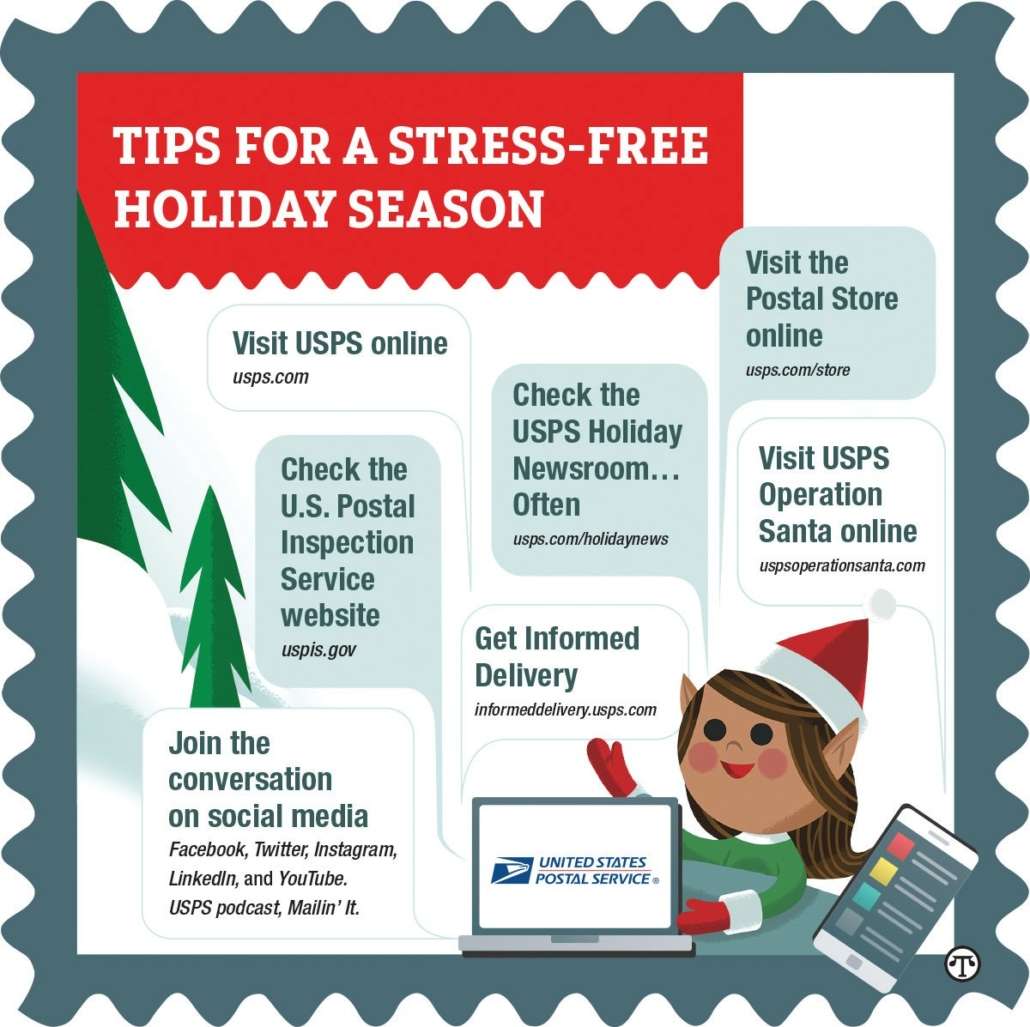FOR YOUR HEALTH: Supplement Your Dental Care Routine
 You can help keep your smile shining, even when your diet isn’t adequate, by taking vitamin and mineral supplements as you need them.
You can help keep your smile shining, even when your diet isn’t adequate, by taking vitamin and mineral supplements as you need them.
(NAPSI)—Brushing and flossing are the main tricks of the trade for maintaining a healthy smile, but if you want to expand your dental health from the inside out, you may want to consider nutritional supplements.
“Most people can obtain all the necessary vitamins and minerals from a balanced diet, but for some, supplements can be helpful as nutrition deficiencies can lead to conditions such as inflammation and tooth loss if left untreated for too long,” said Kiran Malhi, DMD, a dental consultant for Delta Dental of Washington.
Six Suggestions For A Stronger Smile
In tandem with brushing, flossing and consistent trips to the dentist, these six supplements can jump start an even healthier smile:
Calcium: Calcium helps more than just your bones—it can help your teeth too. While calcium is found in dairy products, fish, vegetables and nuts, you can also take calcium as a supplement if you have roadblocks to accessing calcium-rich foods.
Phosphorus: Phosphorus aids in calcium absorption into the body, helping to strengthen teeth by protecting and rebuilding tooth enamel. Many people get enough phosphorus in their diets through meat, fish, milk and whole grains, but it is available in supplement form for those with dietary restrictions.
Vitamin A: Vitamin A helps in saliva production, which is beneficial to your overall oral health. Saliva functions in breaking down foods and cleans bacteria between teeth. The vitamin is found in orange-colored fruits and vegetables, fish and eggs. Vitamin A tablets and gummies are widely available and also keep eyes and skin healthy.
Vitamin C: Vitamin C helps your gums as well as your teeth, keeping connective tissues in the gums strong to hold teeth in place while deficiencies in vitamin C can be the cause of bleeding gums and gum disease. Chewable or liquid forms of vitamin C are erosive, however, and can cause the loss of enamel if taken in excess, though they’re safe at the recommended dosage. Vitamin C is present in many fruits and vegetables.
Vitamin D: Vitamin D protects against oral health conditions such as gingival inflammation, cavities and gum disease, as it plays a significant role in tooth mineralization. Like calcium, vitamin D can be found in fish or vitamin D-fortified foods like milk and cereal, but for convenience, it is available in supplement form.
Zinc: Zinc can eliminate cavity-causing bacteria and control demineralization. The vitamin can also help with gum diseases such as gingivitis and other common periodontal problems. A bonus is that zinc helps fight bad breath.
Learn More
For additional information about how to get and maintain a healthy smile, visit www.deltadentalwa.com/blog.




 You can avoid bad breath during holiday gatherings.
You can avoid bad breath during holiday gatherings.

 Working with a team of health care professionals can help you get the diabetes care you need to improve your health.
Working with a team of health care professionals can help you get the diabetes care you need to improve your health.

